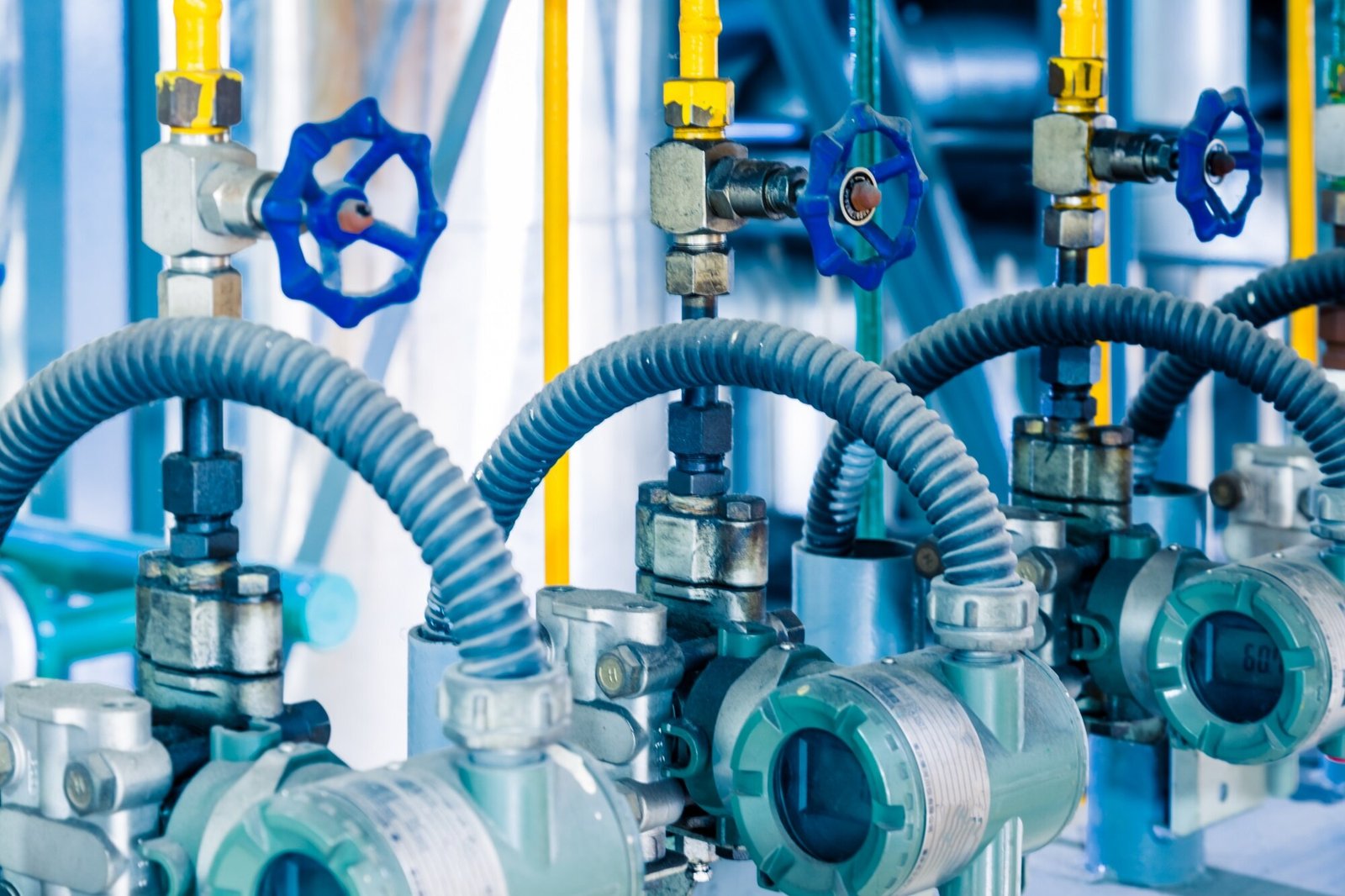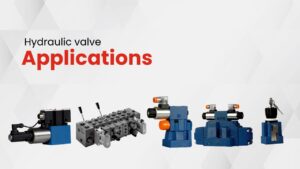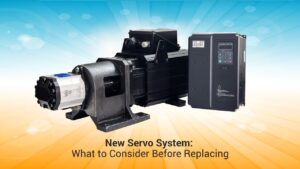The various stages of construction equipment operations, steel production, cement plants, and plastics manufacturing all depend heavily on their hydraulic systems. Selecting an inappropriate motor or pump leads to decreased performance paired with expensive breakdowns and operating limitations.
Selecting the ideal hydraulic motor and pump combination stands as the pivotal factor for operating CNC press brakes, servo injection moulding machines, and baling presses.
This guide provides all necessary information about hydraulic motors and the sizing process and performance aspects which enable you to select the best equipment for your machines and financial goals.
Why the Pump-Motor Combo Matters
A hydraulic system is only as efficient as its weakest component. Your hydraulic pump generates flow, while the hydraulic motor converts that flow into mechanical force. When the two aren’t properly matched, your system works harder than it should.
Poor combinations lead to:
- Energy waste
- Heat build-up
- Inconsistent pressure
- Early wear and tear
- Unnecessary downtime
The right hydraulic pump motor combo, on the other hand, ensures better cycle times, lower maintenance, and longer system life.
Steps For Choosing the Right Hydraulic Pump-Motor Combo
Step 1: Understand the Application
Your industry and machine type determine the workload and response your system requires. Before choosing a combo, answer these key questions:
- Is the load constant or variable?
- Do you need high torque at low speed?
- What’s the required duty cycle—continuous or intermittent?
- Is space a constraint?
- How critical is speed control?
Let’s take a few examples:
- Injection molding machines need fast response and precise control.
- Steel and cement plants demand constant, heavy-duty performance.
- Blow molding machines require variable speeds and torque across multiple stages.
- CNC press brakes need smooth, consistent force and quick stops.
The more clearly you define the task, the easier it is to select the best pump-motor combo.
Step 2: Know the Types of Hydraulic Pumps
Your system’s needs will help you decide which pump to choose. Here are the most common types:
- Gear Pumps: Simple, affordable, and reliable. Good for low-pressure applications but not ideal for precise control.
- Vane Pumps: More efficient than gear pumps. Suitable for medium pressure systems and quieter operations.
- Piston Pumps: Offer high pressure and efficiency. Ideal for demanding tasks in presses and molding machines.
Each pump type has its pros and cons. For example, a servo injection molding machine may work best with a piston pump due to its need for high precision and energy savings.
Step 3: Match It with the Right Hydraulic Motor
Now that you’ve selected the pump, you’ll need a motor that matches its performance and meets system demands.
Let’s look at the main hydraulic motor types:
- Gear Motor: Best for steady load applications. Simple design, but limited in control and torque output.
- Vane Motors: Smooth operation and moderate speed range. Suitable for general industrial use.
- Piston Motors: Excellent torque and efficiency. Perfect for heavy-duty systems like baling presses or high-tonnage presses.
When combined with the right Hydraulic Pumps, each motor type can enhance system output and reduce energy losses.
Step 4: Consider Control Requirements
Some systems require basic flow and pressure. Others need advanced control.
If you’re working with servo hydraulic systems, consider an electro hydraulic servo drive. These systems provide real-time feedback and precise control over speed and torque.
They’re widely used in:
- Servo injection molding
- CNC press brakes
- Baling presses
The right hydraulic servo system combines a variable-speed motor with a high-performance pump for unmatched precision. Explore Hydraulic Servo Systems from THM Huade if your application demands high-speed control.
Step 5: Evaluate Power and Size
Power requirements depend on the pump’s flow rate and the motor’s ability to deliver torque. Make sure your selected motor has enough horsepower to drive the pump without overheating. Over-sizing adds cost and space issues, while under-sizing shortens lifespan.
Also, consider the installation layout. Compact motor pump units are ideal for space-limited areas like machine tools or compact molding stations.
Step 6: Check Environmental Conditions
Your working environment plays a role in pump and motor selection. If your system runs in dusty, wet, or extreme temperature conditions, pick components with proper sealing and cooling features.
In cement and steel plants, high heat and continuous load require robust, sealed hydraulic motors with strong thermal resistance.
Step 7: Think Long-Term: Maintenance and Availability
Downtime can be expensive. So, choose components that are easy to maintain and have widely available spare parts. THM Huade offers durable, industry-grade Hydraulic Motors with long service life and dependable support, ensuring your system stays up and running.
Real-World Examples: What Works Where
|
Industry |
Recommended Combo |
|
CNC Press Brakes |
Piston pump + Servo motor |
|
Plastic Injection Molding |
Piston pump + Electro-hydraulic servo system |
|
Baling Presses |
Vane or piston pump + High-torque motor |
|
Cement Plants |
Gear pump + Vane motor for medium load |
|
Blow Molding Machines |
Variable displacement pump + Vane or piston motor |
|
Machine Tool Manufacturing |
Compact vane pump + Medium torque servo motor |
Choosing a Trusted Partner
The performance of your hydraulic system depends on making the right pump-motor pairing. With rising energy costs and demand for precision, this decision is more critical than ever. When you need hydraulic pumps for sale, it’s important to work with a supplier who understands your industry.
At THM Huade, we help manufacturers choose the right pump-motor combination based on real-world conditions and equipment goals. Explore our full catalog of hydraulic motors. Learn more about our Hydraulic Servo Systems, or contact us for expert guidance on your next project.
FAQ’s
How do I choose a hydraulic pump for a hydraulic motor?
Before choosing your motor for use, you must establish its required flow specifications and pressure requirements. Select a pump which covers your system parameters but stays beneath maximum pressure ratings. Take into account system requirements and operational characteristics as well as control elements service demands and minimum efficiency standards. Successful performance depends on the essential criterion of complete compatibility between both mounting methods and displacement parameters.
How do you size a hydraulic pump for a motor?
The first step in hydraulic pump sizing requires a check of motor flow requirements through speed and displacement testing. Always verify that the selected pump delivers sufficient flow output while operating under system pressure requirements. The motor needs to have sufficient horsepower to cover all the power needs of the pump. Make sure to add additional safety capacity when doing your calculations.
Which factors determine the selection of hydraulic pumps?
The selection of hydraulic pumps needs five main evaluation factors, which include flow requirements along with pressure needs, duty cycle measurements, and the fluid list and performance metrics. The decision requires an evaluation of noise levels, available space, and maintenance-related requirements. Select pumps according to their suitable performance range for continuous steel plant applications as well as precise injection moulding system management.


